

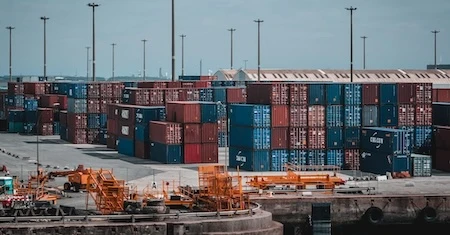
One of the busiest ports in the world was partially shut down for several days resulting in what many carriers are suggesting could be up to 14 days of heavy congestion. The southern China Yantian International Container Terminal (YICT), in Shenzhen, which serves 100 ships weekly and processed 13.34 million twenty-foot equivalent units (TEU’s) in 2020, is a key player in the global supply chain and a slowdown there will impact the rest of the global supply chain.
An outbreak of COVID-19 cases at the port led to a five day pause in the terminal that accepts laden export containers resulting in widespread congestion as containers piled up in the yards. The ban was then lifted at midnight local time Monday.
However, leading ocean carrier Maersk told its customers that they believe the eastern portion of the terminal to be operating at roughly 30% productivity, Freight Waves reports.
The decrease in productivity is due to a large number of dock workers who are quarantined as a result of infections or exposures to the virus as well as increased social distancing requirements, including capacity restrictions.
According to Roberto Giannetta, managing director of the Hong Kong Liner Shipping Association, it will take another week or more for operations in the terminal to return to normal. However, according to the Journal of Commerce (JOC), Maersk advised customers to anticipate seven to eight days of vessel delays.
Maersk is one of several carriers to announce that they would skip port calls at Yantian to limit congestion, yet, as of the beginning of this week, there were around 40 container ships waiting to berth at the terminal.
On the export side, terminal authorities are currently allowing export laden containers by appointment only within three days of a vessel’s scheduled arrival, until June 6. To offset potential shifts of export cargo to the nearby Shekou Container Terminal, port authorities there will also require an appointment via app that will only allow laden container gate-in exports within five days of a vessel’s scheduled departure.
While the port authorities in Yantian wait for the go ahead to resume full operations, shippers are wondering how much of a problem the slowdown will present to the already strained global supply chain. Unfortunately, it is likely to raise the already stratospheric price of freight from Asia to Europe and North America.
According to Freight Waves, Yantian handles over 90% of exports from Shenzhen to the U.S. and Europe and the shutdown has impacted approximately 100 routes. This will result in a large amount of delays to those locations and in turn, raised prices.
Rates from Asia to the West Coast are already up 236% year over year, and that is without factoring in premium rates and other charges importers are paying to secure nearly impossible to come by equipment and space. In fact, shippers are reporting paying up to $17,000 for high demand routes.
Behind these dramatic increases is the huge allocation of consumer spending to goods rather than services and until that pendulum swings back, it is unlikely that rates will return to a normal level. The other driving factor is congestion and equipment shortages, both of which will get worse as a result of the Yantian closures. So, unfortunately, shippers can expect the result of this newest supply chain hiccup to be higher rates.
For more information and daily news updates follow @rightfreight on twitter.

The International Longshoremen's Association began their strike October 1, 2024, affecting ports running along the east coast and Gulf regions of the United States. See what ports are affected and what this strike can mean for shippers.

Founder & CEO of Freight Right Global Logistics, Robert Khachatryan, sat down with Tuck Ly, Vice President of Clearpoint International, to discuss the major issues affecting the global supply chain and port congestion
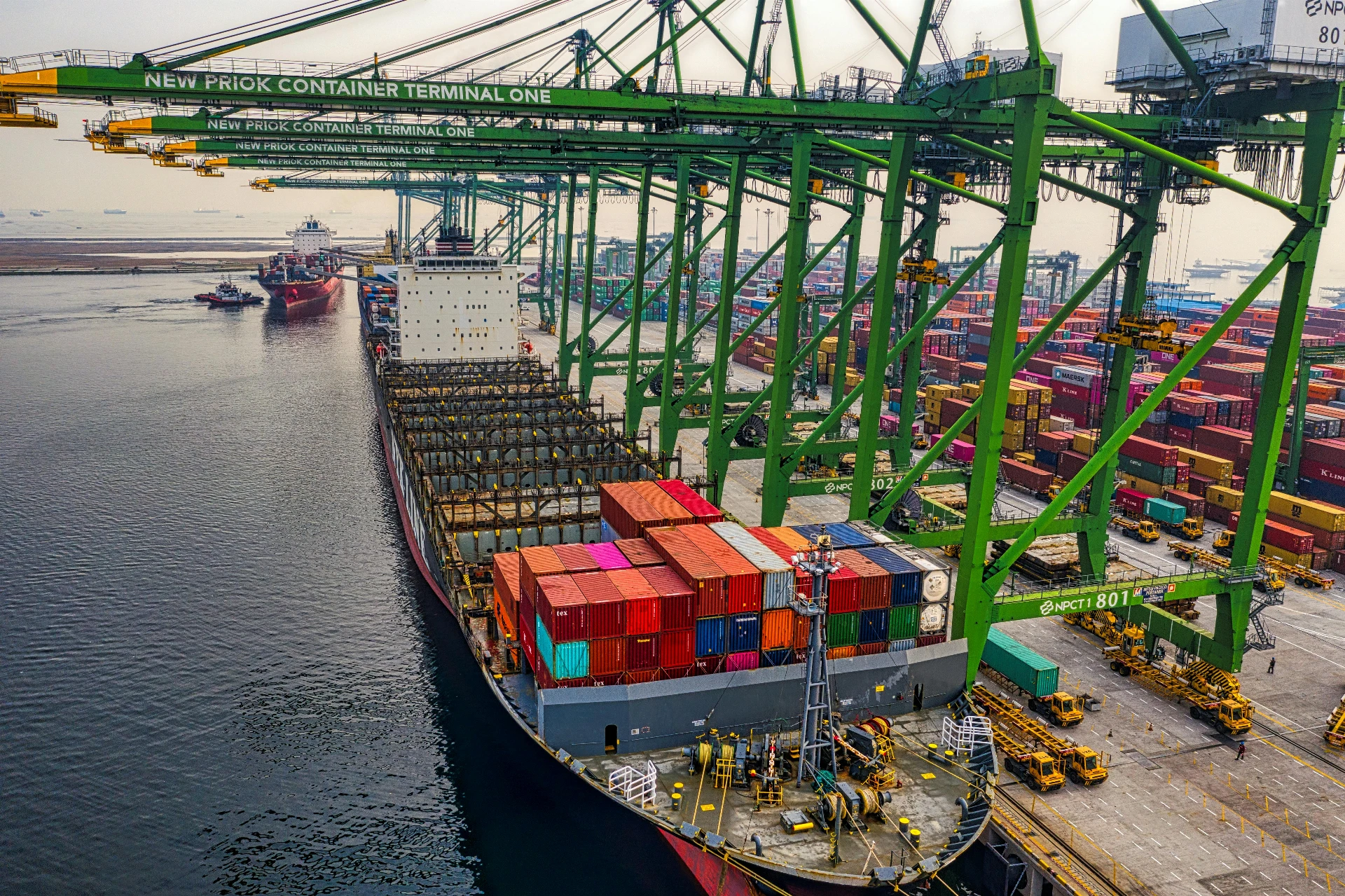
The US imposed a 100% tariff on Chinese-made port cranes to cut reliance on China’s infrastructure, prompting backlash from U.S. ports and retaliation from Beijing.

Last week's transpacific GRI slowly comes down as carriers test market resilience ahead of Golden Week.
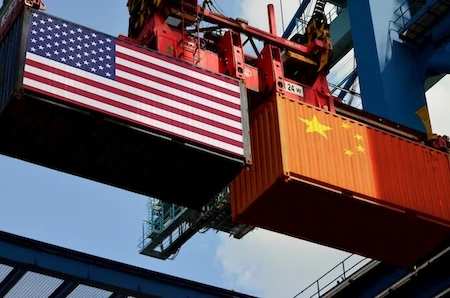
This serves as a promising stepping stone in the resolution of the ongoing Trade War between the two countries. On Dec. 13, the U.S. and China reached what leaders of both countries call the “Phase One” of a long-awaited trade agreement, which serves as
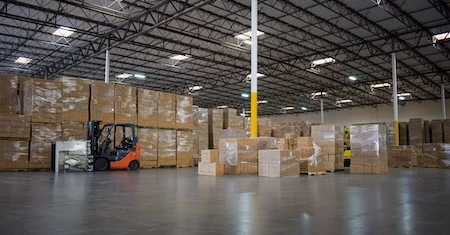
Rates continue to skyrocket, containers are nowhere to be found, and consumer spending keeps on rising, leading some to ask not when it will end, but if.

FEU & TEU rates change slightly week-over-week, importers that can afford to keep importing are continuning to do so while those that are hamstrung by tariffs are sidelined and the August 1st tariff deadline is one week away.
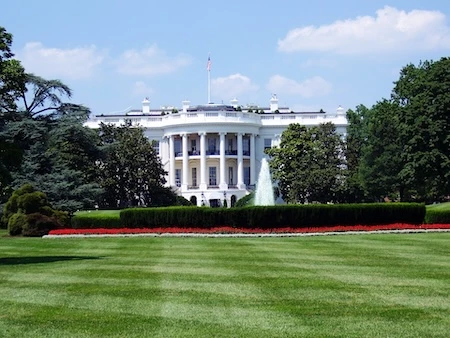
“It’s time for updated rules of the road. That’s what this bill does.”

The May 21 product exclusion covers 103 separate exclusion requests
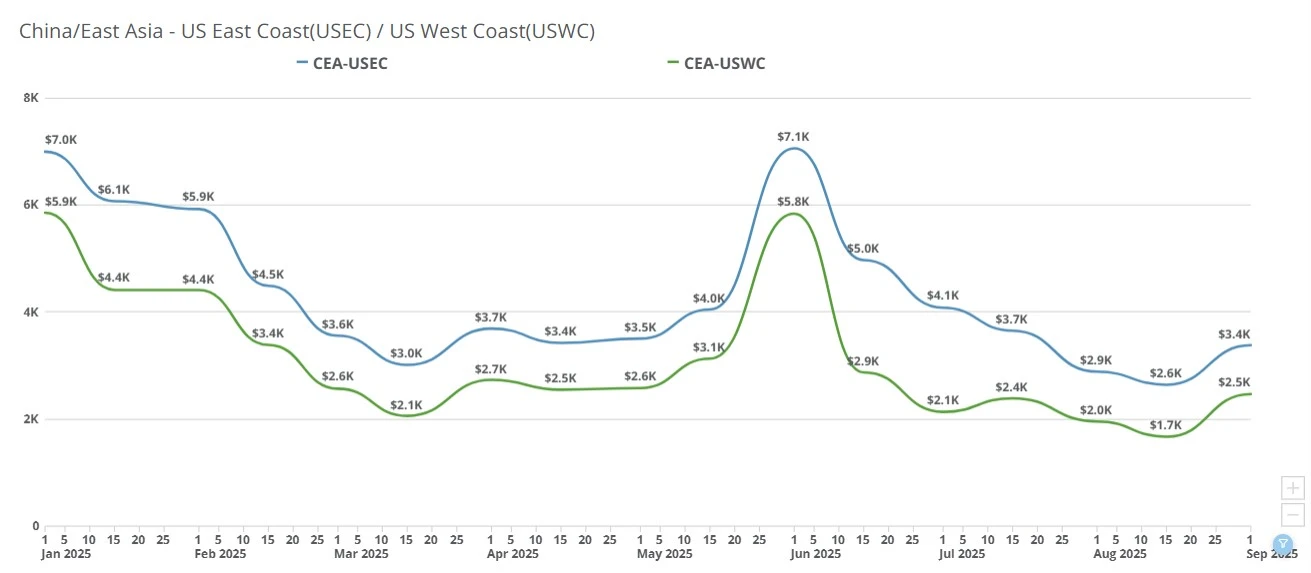
Ocean freight rates from China to the US spiked this week, with carriers testing higher levels before Golden Week. Importers weigh shipping now or waiting.